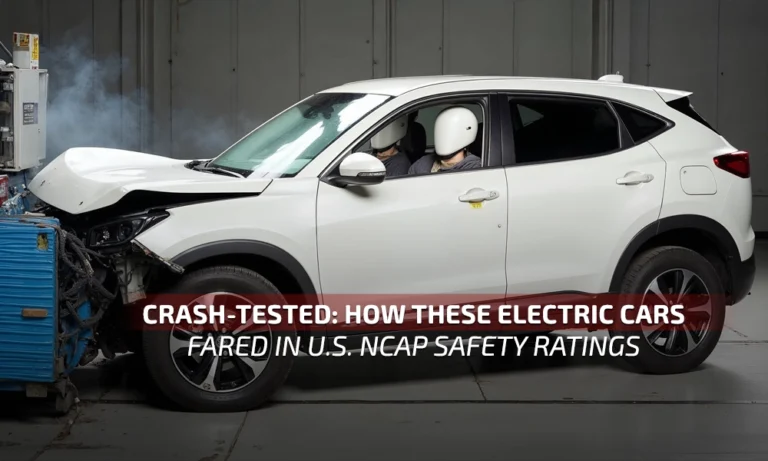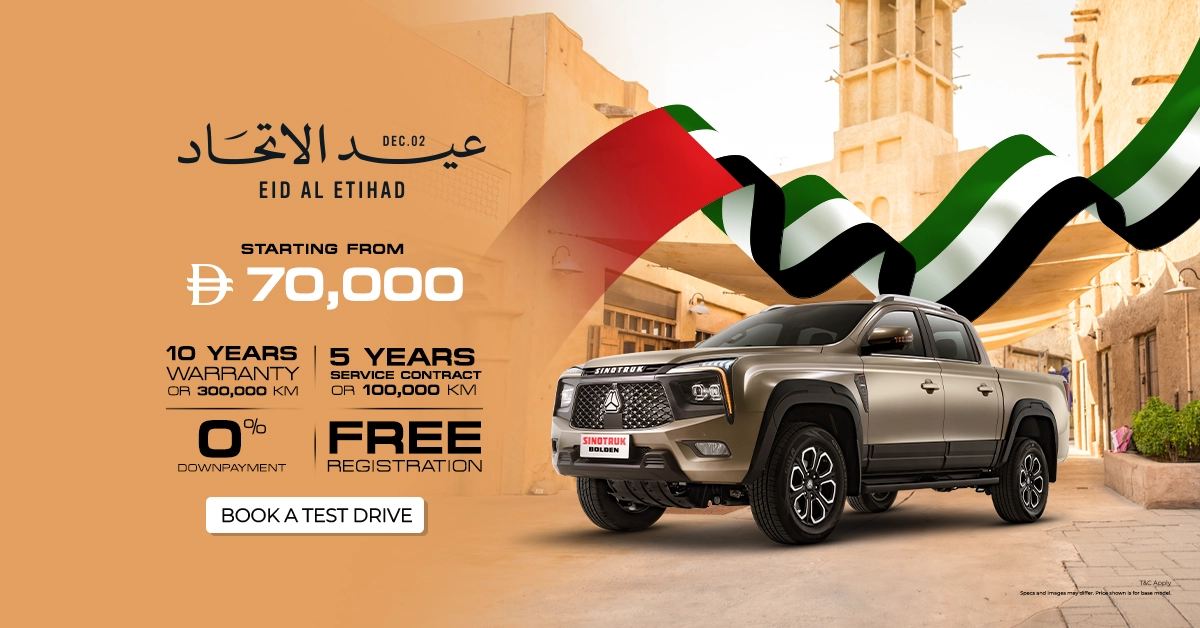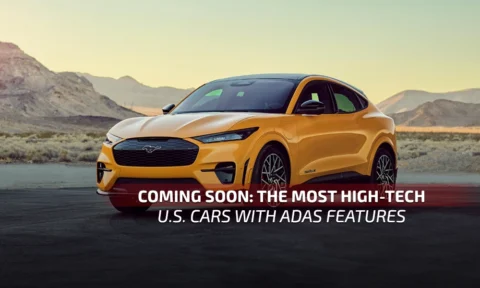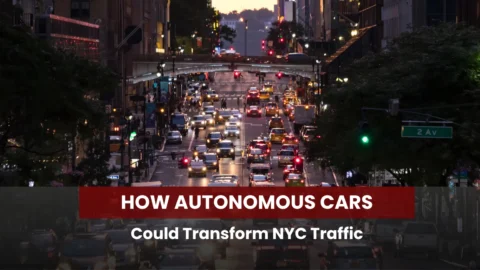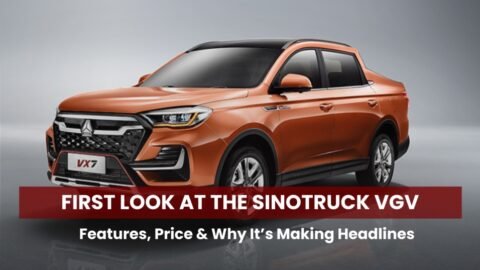Electric vehicles have come a long way in performance, range, and design—but when it comes to safety, how do they really measure up?
U.S. NCAP crash tests are some of the most rigorous in the world, and in 2025, more EVs than ever are being put to the test.
Whether you’re considering a Tesla, Hyundai IONIQ 5, or a newcomer like the Rivian R1S, safety isn’t just a checkbox—it’s a deal breaker.
Let’s break down how some of the most popular electric cars fare in U.S. NCAP crash safety ratings—and what that means for everyday drivers.
Key Takeaways
- Some EVs are outperforming legacy brands in safety crash tests
- U.S. NCAP ratings focus on frontal, side, and rollover crash outcomes
- Safety tech (ADAS) also plays a big role in overall safety scores
- Not all 5-star cars are equal—read the fine print before buying
How the U.S. NCAP Testing Works for EVs
Before diving into model-specific results, let’s understand what these crash tests actually involve.
U.S. NCAP (National Highway Traffic Safety Administration’s New Car Assessment Program) assigns star ratings based on:
- Frontal crash test: Simulating a head-on collision at 35 mph
- Side barrier test: T-bone collision equivalent at 38.5 mph
- Side pole test: Car hits a fixed pole at 20 mph
- Rollover resistance: Probability of rollover in single-vehicle accidents
Electric vehicles must meet the same standards as gas cars.
But thanks to battery placement (usually low in the chassis), many EVs have a lower center of gravity—making them naturally more resistant to rollovers.
Tesla Model Y — ★★★★★
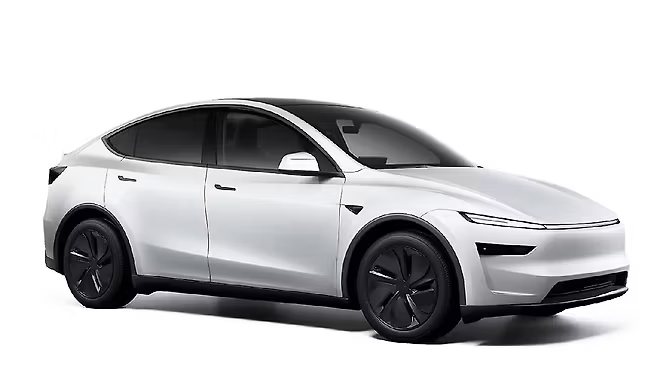
What the tests say: The Model Y scores a full 5 stars across all categories, and it particularly shines in side pole and frontal crash protection.
The rigid battery structure and multiple airbags provide excellent occupant safety.
Why it matters: With Tesla’s focus on both active safety (Autopilot features, crash avoidance) and passive safety (crumple zones, reinforced cabin), the Model Y remains one of the safest EVs on sale in the U.S.
It’s ideal for families or anyone who drives daily in high-traffic areas.
Hyundai IONIQ 5 — ★★★★★
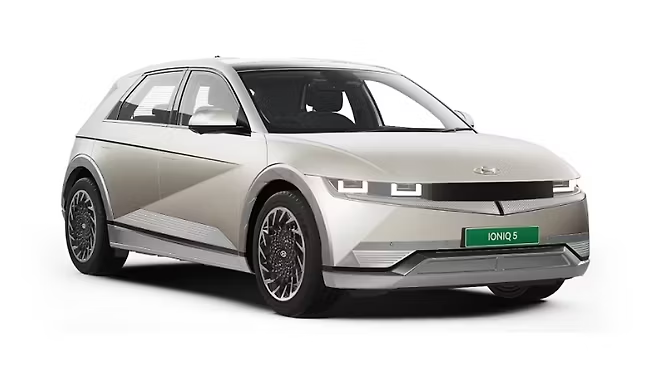
What the tests say: The IONIQ 5 also earns 5 stars overall, performing especially well in the side-impact tests.
Hyundai’s platform includes an ultra-high-strength steel frame and advanced crash energy dispersion zones.
Why it matters: The IONIQ 5 is proof that stylish, tech-forward EVs can still prioritize safety.
It’s also equipped with Hyundai SmartSense ADAS features, which bolster the safety score even further—making it a solid choice for those who want futuristic design without compromising on peace of mind.
Ford Mustang Mach-E — ★★★★★
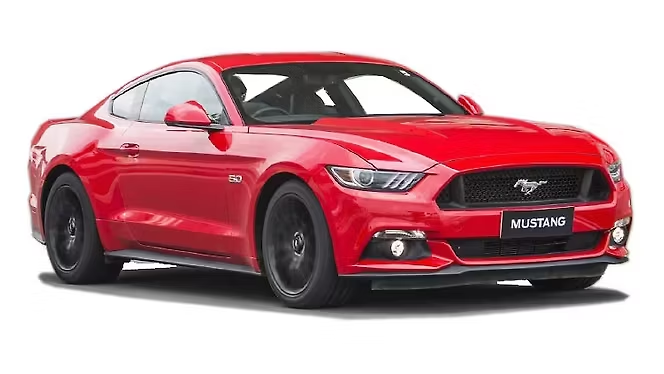
What the tests say: The Mach-E aced crash protection tests, particularly the frontal offset crash scenario.
Its battery casing adds rigidity to the underbody, improving structural integrity.
Why it matters: The Mach-E gives Ford fans a family-friendly electric option with top-tier safety scores.
And with features like Ford Co-Pilot360, the Mach-E balances driver engagement with accident prevention tech—a plus for urban and highway commuters alike.
Rivian R1S — Not Yet Rated (As of July 2025)
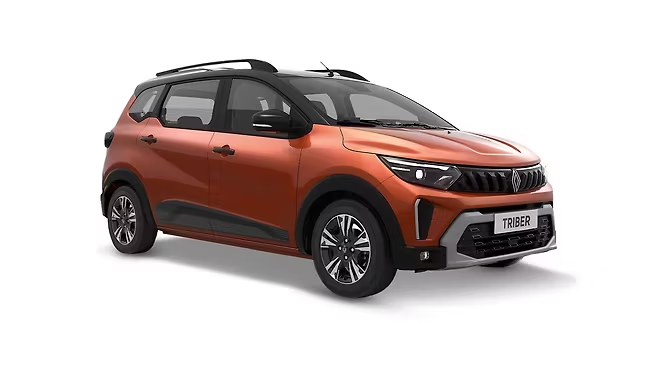
What we know: While the R1T (pickup) earned high praise in IIHS testing, the R1S SUV has not yet completed full U.S.
NCAP crash testing as of this writing.
Why it matters: Rivian’s vehicles are built like tanks, with robust off-road capabilities and military-grade frames.
Once tested, the R1S is expected to perform well, but buyers should note the lack of official star ratings for now.
Chevrolet Bolt EUV — ★★★★
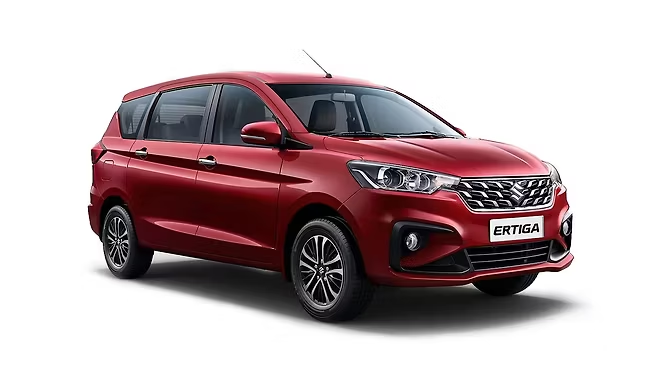
What the tests say: The Bolt EUV earned 4 out of 5 stars.
It lost points in the side pole test, where occupant injury metrics were slightly higher than competitors.
Why it matters: It’s still a very safe vehicle for its size and price point, especially considering its compact footprint.
But if you’re hauling kids or driving in dense traffic regularly, you may want to opt for a 5-star alternative.
Mercedes-Benz EQS — ★★★★★
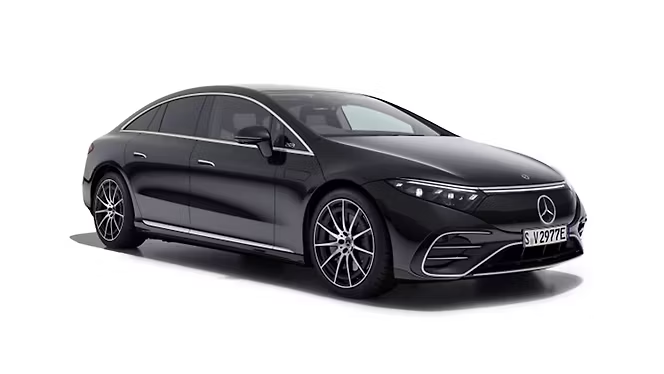
What the tests say: The EQS sedan, Mercedes’ flagship EV, scores top marks in every category.
Mercedes also goes above and beyond with ADAS tech, including pre-safe sound and driver monitoring systems.
Why it matters: For luxury buyers who expect cutting-edge safety, the EQS doesn’t disappoint.
Its size and safety architecture make it an excellent long-distance cruiser for executives or high-mileage drivers who demand top-tier protection.
Not All 5-Star EVs Are Equal: Look Beyond the Rating
It’s easy to assume that a 5-star car is perfect—but not all 5-star ratings are created equal.
For instance, some models may score lower in pedestrian safety or crash avoidance even if they excel in occupant protection.
Always look at the breakdown of each test, not just the overall score.
And don’t forget to evaluate active safety systems like automatic emergency braking, blind-spot monitoring, and adaptive cruise control—they often matter just as much in real-world driving.
Some Questions You Might Have
While both test vehicle safety, the U.S. NCAP uses star ratings based on crash forces and injury risk, whereas IIHS gives letter grades based on slightly different crash types, including small overlap crashes.
It’s helpful to consider both for a full safety picture.
EVs often have a lower center of gravity and reinforced battery compartments, making them more stable in collisions.
Many also come with newer ADAS systems by default, giving them an edge in crash avoidance scenarios.
As of mid-2025, the Tesla Model Y, Hyundai IONIQ 5, and Mercedes EQS lead the pack with top scores across all major crash test categories and advanced driver assist features.
Most EVs from major brands include AEB, but the performance and sensitivity can vary.
Always check real-world reviews and tech breakdowns to ensure the system is effective and not overly aggressive.
Yes—but combine it with a real-world look at ADAS performance, visibility, and how the car handles under stress.
Crash tests give you a controlled baseline, but safety is also about how the car behaves when you’re behind the wheel every day.
Safety Above All
Safefy rating of a car is a rabbit hole, believe me.
Once you start looking at safety ratings of cars, you start to stray away from the original goal.
Ideally, every car should have a 5-start rating when it comes to safety, but we don’t live in an ideal world, so there are cars with 3-star and 4-star ratings.
The best way to come to a decision is finding the right balance.
If budget is not an issue, get the safest car you can!
But, if you are budget-bound, get the one that does not sacrifice a lot just to fit in a budget.
Even if a car has 5-star rating for safety, it does not mean that it’ll protect you from everything.
These tests are performed in a controlled environment and hence should only be taken as a reference.
My point is, do not break your back thinking about getting the highest NCAP rated car.


